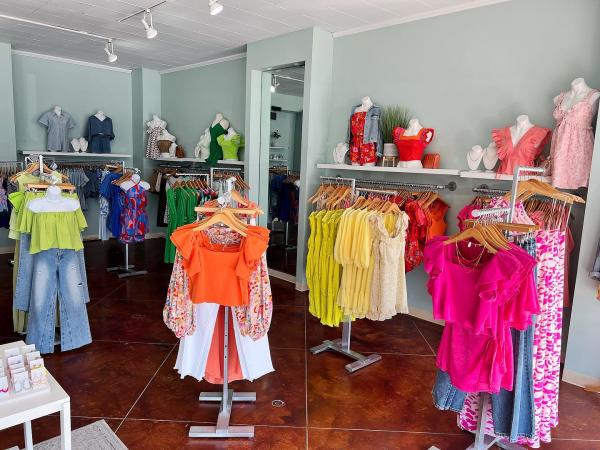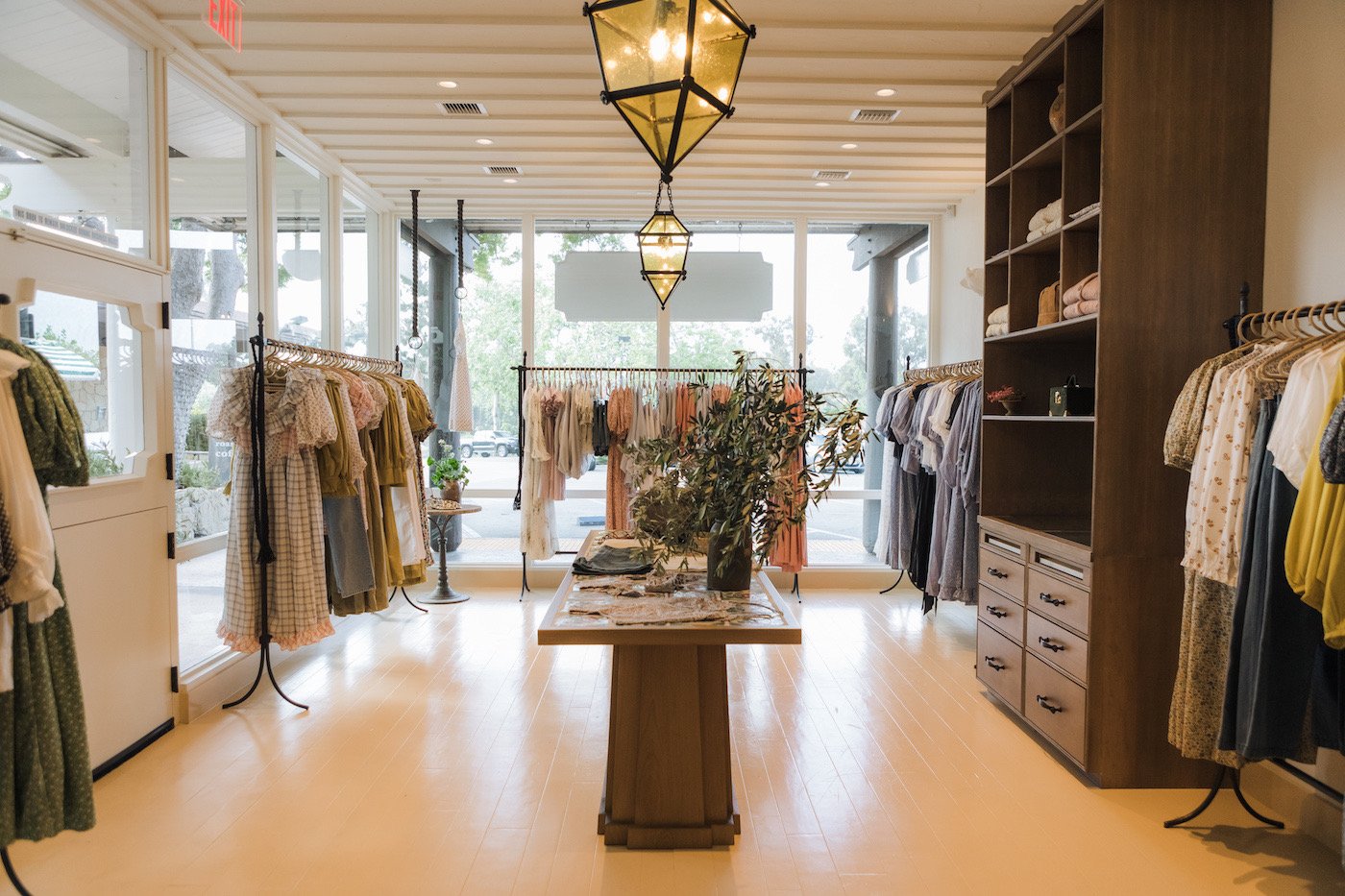The Impact of Social Media on Today's Boutique Fashion Trends
Exploring the Development and Influence of Clothing on Modern Fashion Trends
The development of apparel has dramatically affected modern fashion patterns, combining historical precedents with innovative technologies. Legendary figures like Coco Chanel and Yves Saint Laurent transformed the apparel industry by introducing ideas that focus on convenience and access, which continue to resonate today. At the same time, technical strides in locations such as 3D printing and smart textiles are redefining design possibilities and consumer experiences. Additionally, the growing emphasis on inclusivity and sustainability is reshaping industry requirements. As we think about these diverse impacts, one have to wonder about just how these components collectively redefine style's function in reflecting and forming modern society.
Historical Fashion Influencers
In the tapestry of style background, particular figures have left an enduring mark, shaping the trends and designs that define entire ages. Coco Chanel, a cutting edge developer, redefined women's style by presenting comfy, stylish clothes that left from limiting corsets. Her iconic Chanel match and little black gown have come to be ageless staples in wardrobes worldwide. Christian Dior's post-war "New Look" in 1947, with its event of femininity with full skirts and cinched waists, marked a return to luxury and has actually proceeded to affect developers.
Elsa Schiaparelli is an additional critical number, renowned for her avant-garde styles that included surrealist art, collaborating with Salvador Dalí to create whimsical items that tested conventional aesthetic appeals. Her cutting-edge use of color and vibrant patterns resounds in contemporary style. Yves Saint Laurent, meanwhile, equalized haute couture with prêt-à-porter collections, bringing runway styles to the masses and establishing a criterion for modern ready-to-wear lines.
These enthusiasts, amongst others, not just revolutionized style in their times yet also set withstanding patterns that reverberate in today's style sector, providing a foundation whereupon modern-day developers proceed to build and innovate. Their legacies highlight the value of creative thinking and bold in fashion's ever-evolving narrative.
Technological Developments in Fashion
In the middle of the dynamic landscape of the garment industry, technical innovations stand at the center of innovation, improving just how developers develop and consumers involve with fashion. The combination of 3D printing has transformed design processes, enabling designers to try out complicated structures and lasting materials that were previously inconceivable. This technology facilitates quick prototyping, lowering waste and accelerating manufacturing times.

Smart textiles, embedding modern technology into fabrics, are also transforming the industry. Technologies like self-cleaning and temperature-regulating textiles offer improved capability and comfort. Wearable innovation, including functions like fitness monitoring and interaction, adds a new dimension to style, combining looks with usefulness.
Cultural Shifts and Style
As technological improvements proceed to improve the apparel industry, social changes are just as influential, redefining design and customer choices. In recent times, the rise of social media platforms has accelerated the dissemination of global fashion trends, allowing varied social impacts to exist side-by-side and merge. This electronic interconnectivity has actually promoted the quick exchange of concepts, causing a much more eclectic and inclusive analysis of style that reflects the multifaceted nature of modern-day culture.
Cultural understanding and appreciation have motivated developers to draw inspiration from a more comprehensive range of historical and ethnic contexts, incorporating typical themes with contemporary aesthetic appeals. This combination has caused fashion that reverberates with a bigger audience, promoting a feeling of identity and belonging throughout various demographics. Furthermore, the increasing need for personalization has actually driven brand names to offer personalized choices, enabling customers to express individuality while showing their cultural heritage.
In addition, changing social values have impacted style, with inclusivity and variety ending up being central styles. The market has actually started to embrace models and influencers of different body kinds, ethnicities, and sex identities, tough traditional elegance requirements. This transformation emphasizes the power of cultural shifts in forming the future of fashion, as design becomes a much more genuine expression go to my site of cumulative and personal identification.
Sustainability and Modern Design
While the garment industry continues to progress, the crucial for sustainability has ended up being progressively urgent, affecting contemporary style techniques. This shift aims to resolve environmental issues and honest factors to consider, resulting in a reevaluation of standard manufacturing approaches. Designers are now integrating lasting products, such as natural cotton, recycled polyester, and biodegradable materials, right into their collections, lowering the eco-friendly impact of fashion. The increase of sluggish style, which stresses top quality over quantity, motivates consumers to buy classic pieces instead of short-term patterns.
Furthermore, modern-day design is defined by its technology in reducing waste and advertising circularity. This approach not just reduces ecological effect but additionally improves the social duty of fashion residences.

Future Trends in vogue

Sustainability will remain to be a driving force in Related Site shaping future fashion trends. The industry is increasingly adopting green materials and honest manufacturing methods, reacting to an expanding consumer demand for accountable techniques. Advancements such as bio-fabricated materials and closed-loop recycling systems are set to redefine just how clothing is generated and eaten, lowering ecological impact while preserving style and top quality.
Cultural changes, including the rise of inclusivity and variety, will likewise play a pivotal function. As society ends up being a lot more familiar with social issues, style is anticipated to become a platform for expression and modification. Designers will likely concentrate on producing collections that show a more comprehensive array of identifications and experiences, promoting representation and availability.
Verdict
The advancement of clothes dramatically affects contemporary style trends, where historic impacts merge with contemporary designs. This ongoing evolution highlights fashion's function as a mirror to societal values and technological advancement, suggesting a future rich with advancement and inclusivity.
The evolution of clothing has actually considerably influenced modern fashion trends, combining historical precedents with sophisticated advancements.In the middle of the dynamic landscape of the style sector, technological advancements stand at the center of advancement, reshaping exactly how designers produce and consumers engage with fashion.While the fashion industry continues to progress, the necessary for sustainability has come to be increasingly immediate, influencing modern style techniques. As sustainability ends up being site web ingrained in modern layout, it paves the method for a more responsible and conscious style sector.
The development of garments considerably influences modern fashion fads, where historical influences combine with modern layouts.